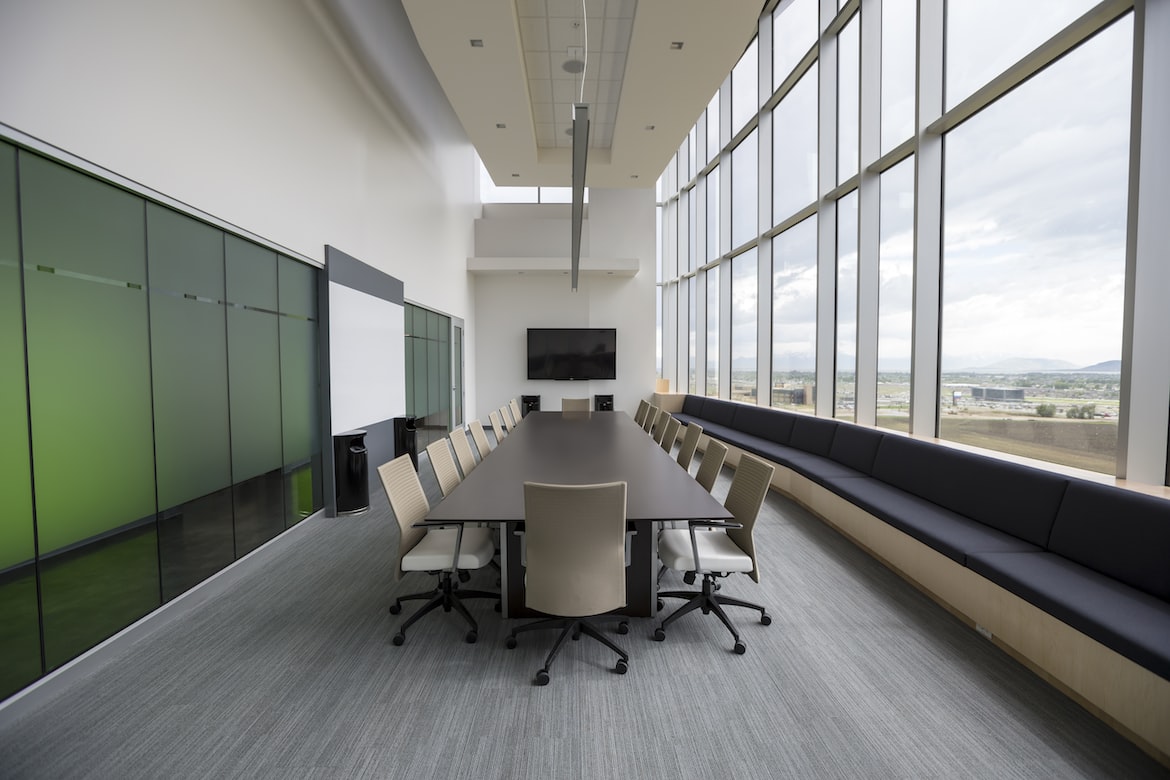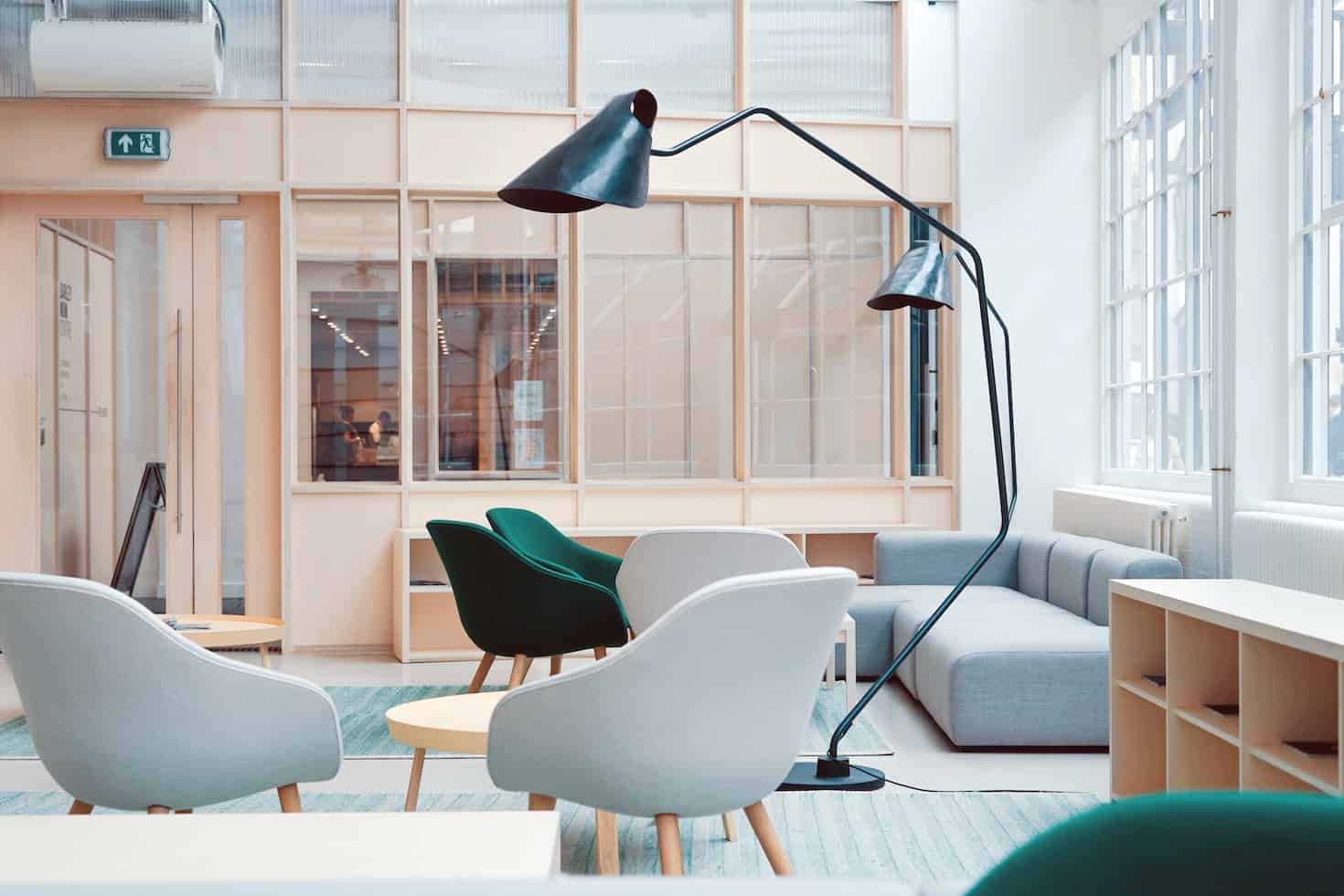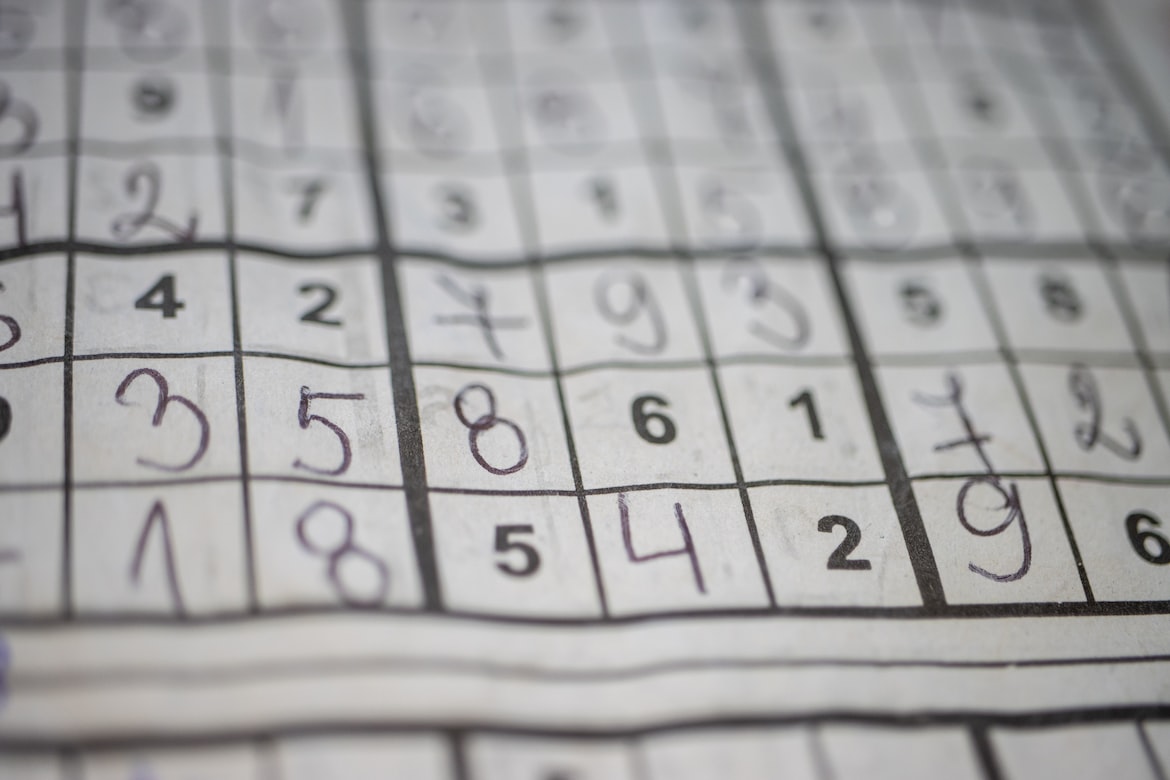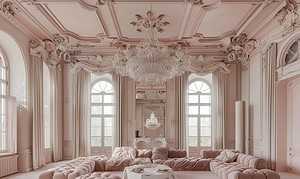Breakout room sessions have become an integral part of various events and sessions, ranging from virtual meetings and conferences to workshops. These focused sessions allow participants to collaborate, discuss ideas, and address specific topics in smaller groups, fostering better engagement and interaction. To ensure the success of breakout room sessions, careful consideration must be given to the design and setup of these spaces. In this article, we will explore best practices and strategies for creating captivating breakout room experiences that align with overall event objectives and promote active participation.

1. Understanding the Purpose of Breakout Room Sessions
Defining Breakout Room Sessions
Breakout room sessions involve dividing a larger group into smaller subgroups to facilitate more personalized discussions and problem-solving. These sessions are particularly beneficial in scenarios where participants can contribute meaningfully to the conversation when working in smaller groups.
Significance in Various Contexts
Breakout room sessions find applications in virtual meetings, conferences, and workshops, allowing participants to engage more effectively, exchange ideas, and collaborate despite being physically separated.
Identifying Objectives and Goals
Aligning with Event Objectives
Breakout room sessions should be designed with clear objectives that support the overall goals of the event or session. Whether it’s brainstorming ideas, team-building activities, or problem-solving exercises, the purpose of each breakout room should align with the main event’s agenda.
Creating Engaging Breakout Room Activities
When it comes to creating engaging breakout room activities, one effective option is to brainstorm and develop creative and interactive tasks, such as crossword puzzles, Sudoku, and board games, that will captivate participants’ attention and keep them motivated throughout the session. These activities should be carefully tailored to encourage collaboration, problem-solving, communication, and critical thinking among the participants, fostering a sense of teamwork and active engagement.
Facilitators can prepare the answers and find the crossword puzzle solutions at NY Crossword Today, making it convenient for participants to dive into the engaging challenge. Additionally, incorporating icebreakers into the mix can play a crucial role in establishing a positive and comfortable atmosphere within the breakout rooms, helping participants to relax, open up, and build connections with one another more easily. By thoughtfully designing these activities, facilitators can ensure that participants make the most of their breakout room experiences and achieve meaningful learning outcomes.
3. Utilizing Technology and Tools
Seamless Technology Integration
Ensure that the breakout rooms are equipped with reliable communication and collaboration tools. Video conferencing, real-time document sharing, and virtual whiteboards enhance the overall experience, making it easier for participants to collaborate and stay engaged.
Importance of Interior Design in Breakout Room Sessions:
Space Planning
Efficient space planning is essential to create breakout rooms that accommodate the intended number of participants comfortably. Consider the number of groups, their size, and any necessary equipment when allocating space.
Color Psychology and Mood
Colors have a profound impact on mood and behavior. Opt for a color scheme that fosters creativity, communication, and focus. As mentioned by 99designs, the warm colors, specifically red, orange, and yellow, are generally associated with feelings of happiness, optimism, energy, and passion. It has been suggested that the yellow hue of sunshine could elevate one’s mood, whereas the red of roses might stimulate romantic feelings.
Furniture and Seating Arrangements
Select versatile furniture that allows for different seating arrangements based on the type of discussions. Modular and flexible furniture enables participants to reconfigure the space as needed, promoting dynamic interactions.
Lighting and Ambiance
Arch Daily highlights the fundamental role of light in architecture, which is to enable visibility. It emphasizes that whether it’s through natural or artificial sources, it’s crucial to ensure rooms are appropriately lit, allowing occupants to perform their day-to-day activities safely and effectively. Appropriate lighting plays a crucial role in setting the right ambiance for breakout rooms. Natural light can invigorate the space, while adjustable artificial lighting helps create the desired atmosphere for various activities.
Acoustics and Sound Control
To maintain privacy and prevent distractions, consider soundproofing the breakout rooms or incorporating acoustic panels. Good acoustics enhance communication and allow participants to focus on their discussions without interference.

4. Inclusive and Accessible Design
Accessibility Features
Design breakout rooms with accessibility in mind to accommodate participants with diverse needs. Ensure there are wheelchair-accessible entrances, adjustable furniture, and clear paths for easy navigation.
Inclusive Design
Promote inclusivity by creating breakout rooms that cater to different learning styles and communication preferences. Provide visual aids, consider varied seating options, and encourage digital collaboration for those who may find it more accessible.
5. Aesthetics and Branding
Reflecting Brand Identity
Incorporate elements of your organization’s branding within the breakout rooms. This helps participants feel connected to the event’s identity and reinforces the overall theme.
Aesthetics and Ambiance
Choose décor and aesthetics that resonate with the event’s purpose. Consider incorporating inspiring artwork or motivational quotes that align with the discussions.
6 . Multi-functional and Flexible Spaces
Versatility in Design
Design breakout rooms to serve multiple purposes. A flexible layout allows the space to adapt to different activities, ensuring maximum utilization throughout the event.
Green Design and Sustainability:
Eco-Friendly Solutions
Adopt sustainable practices in breakout room design. Use energy-efficient lighting, recycle materials, and integrate eco-friendly elements to reduce the environmental impact.
Technology Integration:
Seamless Tech Experience
Stay up-to-date with the latest technology trends to provide a smooth and seamless tech experience. This includes reliable internet connectivity, updated software, and user-friendly interfaces for all participants.
Conclusion
Designing engaging breakout room sessions requires thoughtful planning and consideration of participants’ needs and event objectives. By integrating interior design principles, embracing technology, and ensuring inclusivity and sustainability, breakout rooms can become dynamic spaces that foster productive discussions and meaningful interactions. Implementing these best practices and strategies will lead to successful breakout room sessions and elevate the overall event experience.















